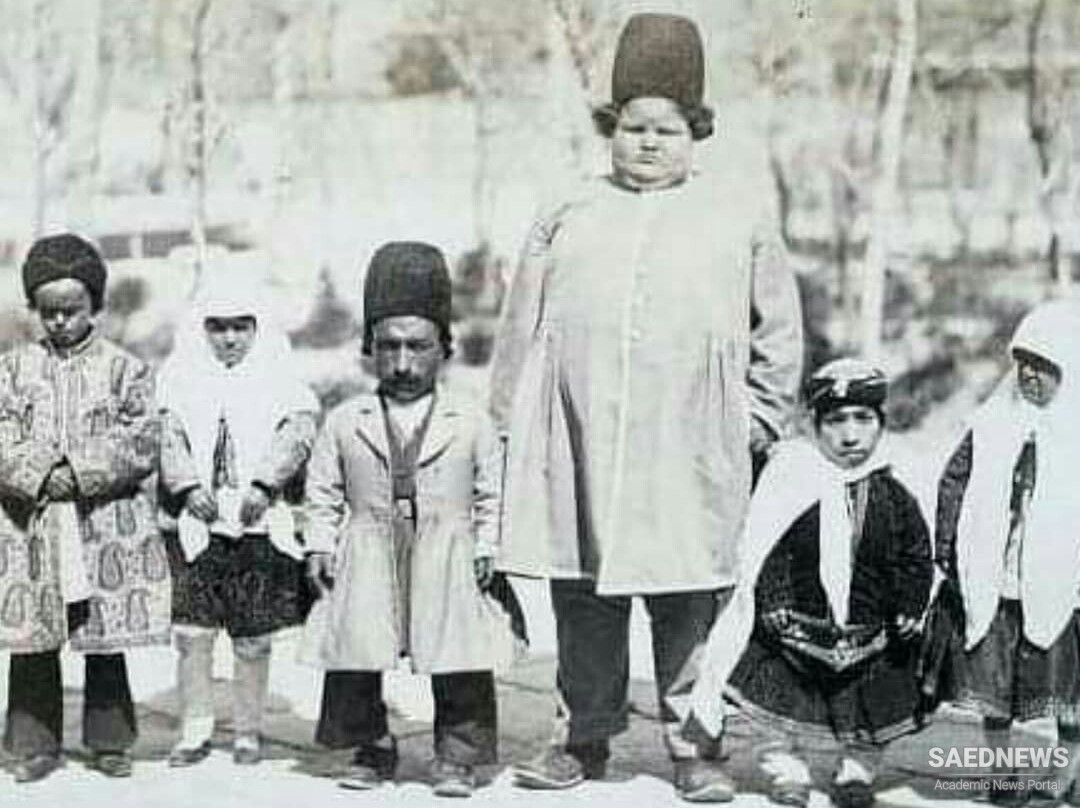While the political culture of the 1920s and 1930s was dominated by an authoritarian and restrictive as well as modernising and centralising state, it encompassed critical and oppositional elements. Alongside versions of patriotism and progress promoted by the regime, discourses of resistance, or alternative versions of these tropes, maintained a presence among ‘ulama and leftists. Political languages of family, honour, community, piety hierarchy and cultural diversity, rooted in communities where the impact of the state was limited, survived to have a future role. The explosion of political activity in the period between the removal of Reza Shah in 1941 and the overthrow of prime minister Mussadeq in 1953 drew on existing ideological resources while transforming and adding to them. This period was one when an open politics of party and electoral activity, and ideological journalism was able to flourish as it had from 1905 to 1925. This open politics established cultural tropes and symbols which reverberated through subsequent generations. Out of the experiences of that time myths and images of the national struggle against foreigners, of masses and leaders united in movements for social justice and equity, and of the confrontation between a despotic Shah and the people, became established politico-cultural currency.
For the first time the leftist languages used by small groups of activists in the constitutional era and intellectuals in the Reza Shah period were tried out in the larger arena of the Tudeh (= masses) Party and associates and sympathisers from trade unionists to school teachers. Activists and writers coined a language which combined constitutional (anti-despotic), nationalistic (anti-imperialist) and socialist (anti-elite) ideas, aimed at broad constituencies of wage workers, professionals and small producers. They embedded a body of language and image in the wider political culture through publications, mass mobilisation and organised political networks. Terms like ‘oppression’ and ‘social progress’, the culture of labour organisation, and slogans and ideals promulgated by party and union branches and occupational or local organisations, entered the experience of many urban groups. The coalition of parties around the National Front likewise deployed press and local politics to spread visions of national autonomy, opposition to dictatorship, and the struggle for oil nationalisation. Carefully argued ideas of ‘negative equilibrium’ aimed at educated nationalists were buttressed by accessible media versions of the drama of ‘Iranian’ confrontation with external enemies and the ‘people’s’ challenge to ‘despotism’. While leftists and nationalists drew on the legacy of preceding decades, the scale and extent of their activities in a relatively open political culture allowed them to explore new purposes and new constituencies.
Equally innovative in this period were reshaped linkages of religious and political language. Earlier tentative moves towards Shi’a Muslim modernism blossomed into coherent if embattled visions of the relationships between Islam, human progress and political change. The writing and preaching of Mehdi Bazargan (pious Shi’a, scientifically trained) and Mahmud Taleqani (madraseh-trained preacher and theologian) sought to respond creatively to the advance of secularist and anti-clerical views and to the Shi’a Muslim establishment’s reluctance to adapt to changing circumstances. In addition to exploring the links between their faith, democratic government, nationalism and social reform, they advocated and modelled rationality, political commitment and social responsibility in Shi’a Muslim practice.55 The development of these themes in the 1950s and 1960s drew on the activities and publications of discussion groups, organisations of students and engineers in the 1940s.


 The Intertwinement of Religion, Culture and Politics in Early Modern Iran
The Intertwinement of Religion, Culture and Politics in Early Modern Iran














































